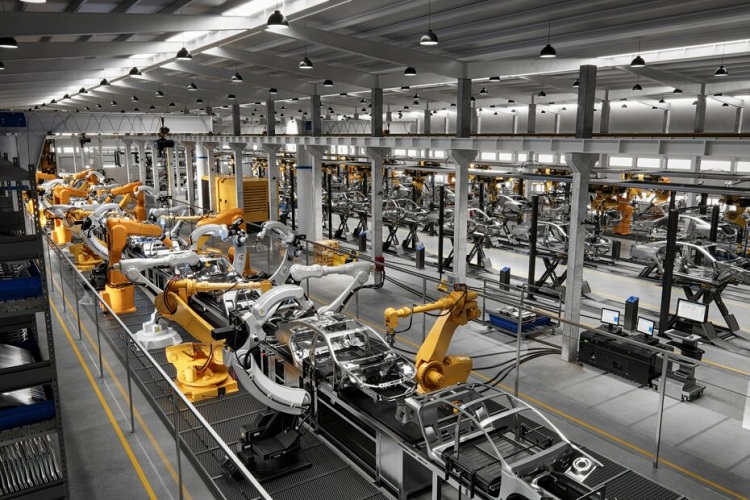Picture your industrial machinery as a team working together. For the team to succeed, each member must do their job and support one another. The same is true for machine parts; every component needs to fit together seamlessly to keep things running smoothly. That’s why integrating components effectively is so important.
In this article, we’ll discuss why getting component integration right is crucial for top-notch machinery performance. We’ll explore how it can boost efficiency, enhance reliability, and improve overall productivity. Plus, we’ll dive into the key factors for successful integration and common problems and their solutions.
Let’s jump right in!
Table of Contents
What is Component Integration?
Component integration means ensuring all parts of a machine work together smoothly. In industrial machinery, different components need to fit and function well together for the machine to perform its best.
Take ball bearings, for example. These small parts play a crucial role in reducing friction and enabling smooth movement of parts. But for them to work effectively, they must be the right size and type and properly aligned.
A poorly chosen or poorly aligned ball bearing can increase friction, cause wear, and even lead to breakdowns. The same goes for other parts, like belts—they must fit just right to avoid slipping or snapping.
Choosing the right components is key. Luckily, many websites now provide detailed information on sizes and dimensions. So always check these details before making a decision. Proper integration components ensure the machine runs efficiently and help keep everything working longer.
Benefits of Effective Component Integration
Effective component integration brings several key benefits that enhance overall performance. When machinery parts fit and function together seamlessly, they produce smoother and more efficient machinery. Here’s a closer look at how proper unification can make a big difference.
● Enhanced Performance:
When elements are well-integrated, they help your machine run more smoothly. This results in better performance and fewer interruptions. Smooth integration allows moving parts to operate efficiently and at higher speeds.
● Increased Reliability:
Proper integration also leads to increased reliability. When parts fit and function well together, the chances of mechanical failures decrease. This means fewer breakdowns and less downtime. This helps you maintain consistent production.
● Improved Efficiency:
Another major benefit of proper unification is that it makes machinery more efficient. With all components working together seamlessly, machines use less energy and produce better results. This efficiency can lead to cost savings and higher productivity in your operations.
Key Factors for Successful Integration
For machinery to work at its best, several factors need to come together. Here are the key elements that make this possible.
● Compatibility:
First, all parts must be compatible. Each part, from gears to bearings, must match the specifications and requirements of the others. If the parts are compatible, they fit together easily and function as intended. This prevents problems like mismatched sizes or incorrect connections that can lead to machine failures or inefficiencies.
● Precision and Alignment:
Next, precision and alignment are crucial. Parts must be accurately positioned to avoid any problems. Proper alignment ensures that each piece works effectively with the others. This will help maintain smooth operation.
● System Design:
Finally, a well-thought-out system design is important. Good design involves planning how each part interacts with the others to ensure seamless functionality. This includes considering the layout, how components fit together, and how they will be used in the system. This careful planning helps ensure that all parts work together seamlessly, improving overall performance.
Challenges and Solutions
Even with careful planning, issues can arise when machinery parts are fitted together. However, understanding common problems and finding solutions can help keep your equipment running smoothly. Let’s look at some typical challenges and how to address them.
● Mismatched Specifications:
One common issue is mismatched specifications. This happens when parts do not meet the required standards or fit correctly. To avoid this, ensure all components are carefully checked for compatibility before installation.
● Installation Difficulties:
Another challenge is installation difficulties. Parts might be hard to install or align correctly, leading to operational problems. To solve this, follow detailed installation guides and use the proper tools. If needed, seek help from a professional to ensure that everything is set up correctly.
● Wear and Tear:
Over time, wear and tear can affect how well parts work together. Regular maintenance is key to addressing this issue. Inspect components regularly and replace any that show signs of excessive wear.
Key Takeaway
Effective component fitting is crucial for smooth machinery operation. When parts work well together, your equipment runs efficiently and reliably. By focusing on compatibility, precise alignment, and good design, you can overcome common challenges. Remember, a well-coordinated machine is a happy machine!

